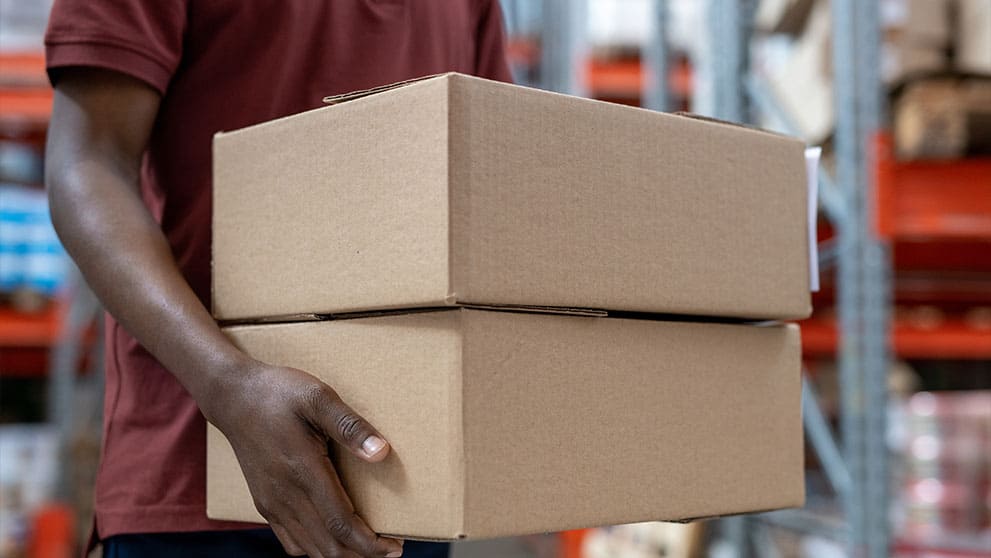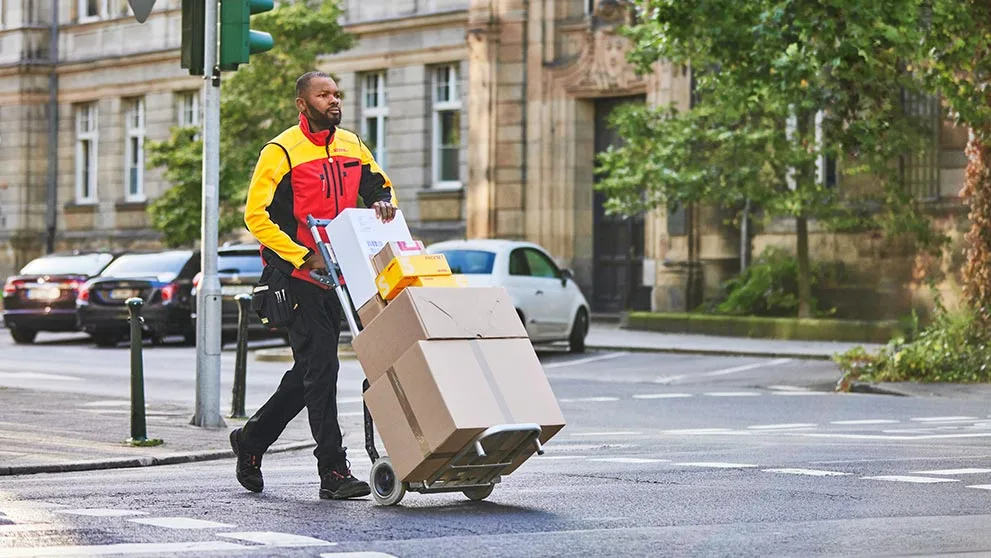This stage is often the most complex and costly due to factors such as poor road infrastructure, security concerns, and logistical challenges. To truly unlock the potential of Kenya's e-commerce market, innovative solutions are needed to streamline last-mile delivery.
Last Mile Hurdles: What Are They Anyway?
Last-mile hurdles refer to the challenges faced in the final stage of delivering a product to a customer. This is typically the most complex and expensive part of the delivery process, especially for businesses dealing with physical goods.
This crucial stage, where products reach the doorsteps of customers, presents unique challenges in the Kenyan context. Understanding these hurdles and exploring innovative solutions is essential for e-commerce businesses to unlock their full potential and deliver a satisfying customer experience.
Several factors contribute to the complexity of last-mile delivery in Kenya. Here's a closer look at some key obstacles:
Road Infrastructure: Road infrastructure limitations, including poor roads, inadequate signage, and chronic traffic congestion in urban areas, significantly impact delivery times and costs. In rural areas, the complete lack of proper roads hinders access to a vast potential customer base. Navigating these challenges requires efficient route planning and potentially alternative modes of transportation in remote areas.
Security Concerns: Security is another critical concern. The prevalence of cash-on-delivery as a payment method exposes couriers to risks, particularly in informal settlements and areas with limited law enforcement. This not only increases the costs of last-mile delivery but also deters some customers from engaging in online shopping altogether.
Recipient Availability: Busy schedules and unpredictable routines can make it difficult for customers to have predictable schedules, and create a challenge with coordinating deliveries to customers, thanks to Kenya's dynamic urban lifestyle. Also, the lack of a standardized addressing system leads to wasted trips and frustrated customers.
These challenges collectively translate into higher delivery costs, delayed timelines, and ultimately, a less-than-ideal customer experience. Addressing these issues requires innovative thinking, strategic partnerships, and a commitment to building trust with consumers.














